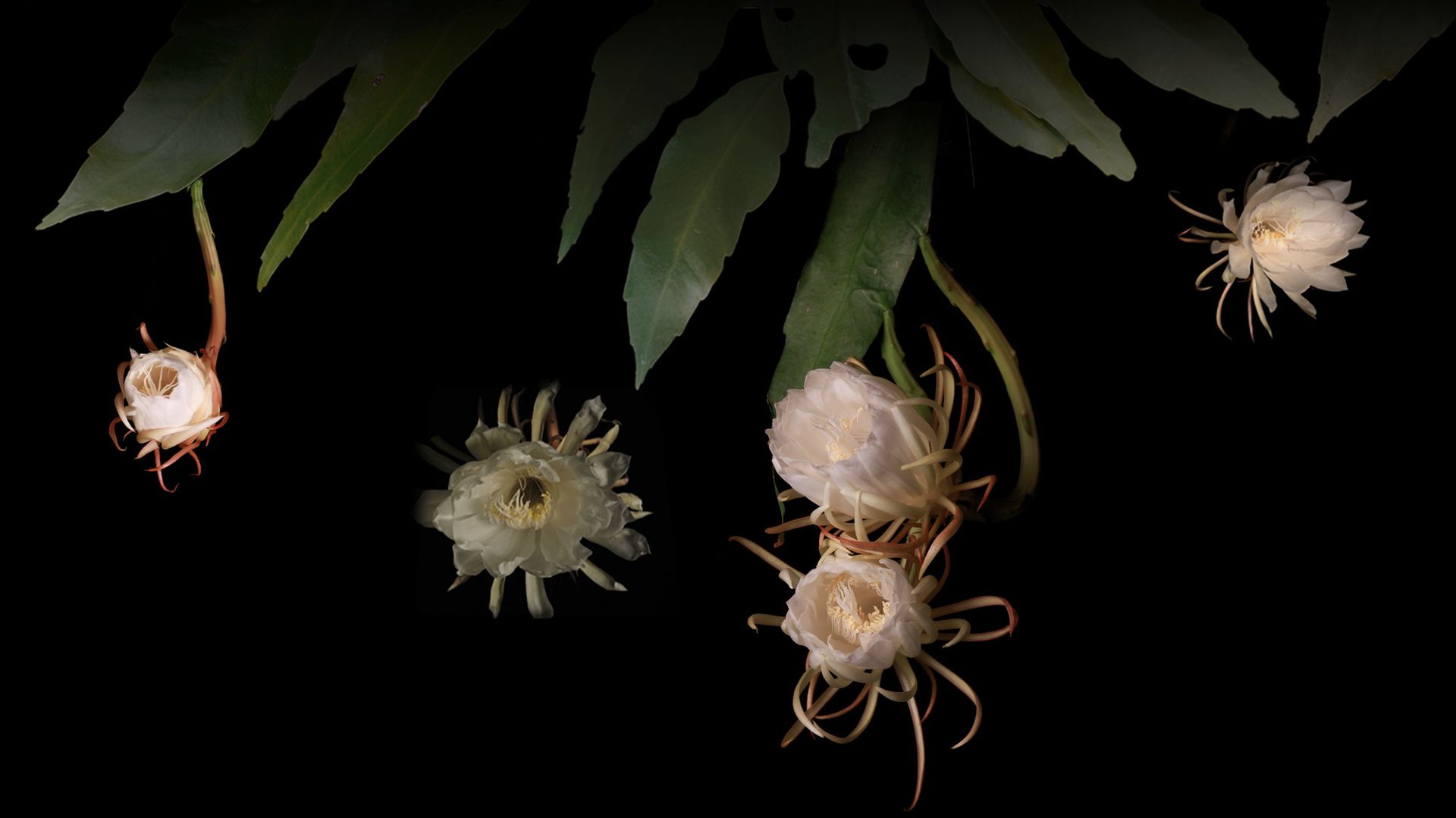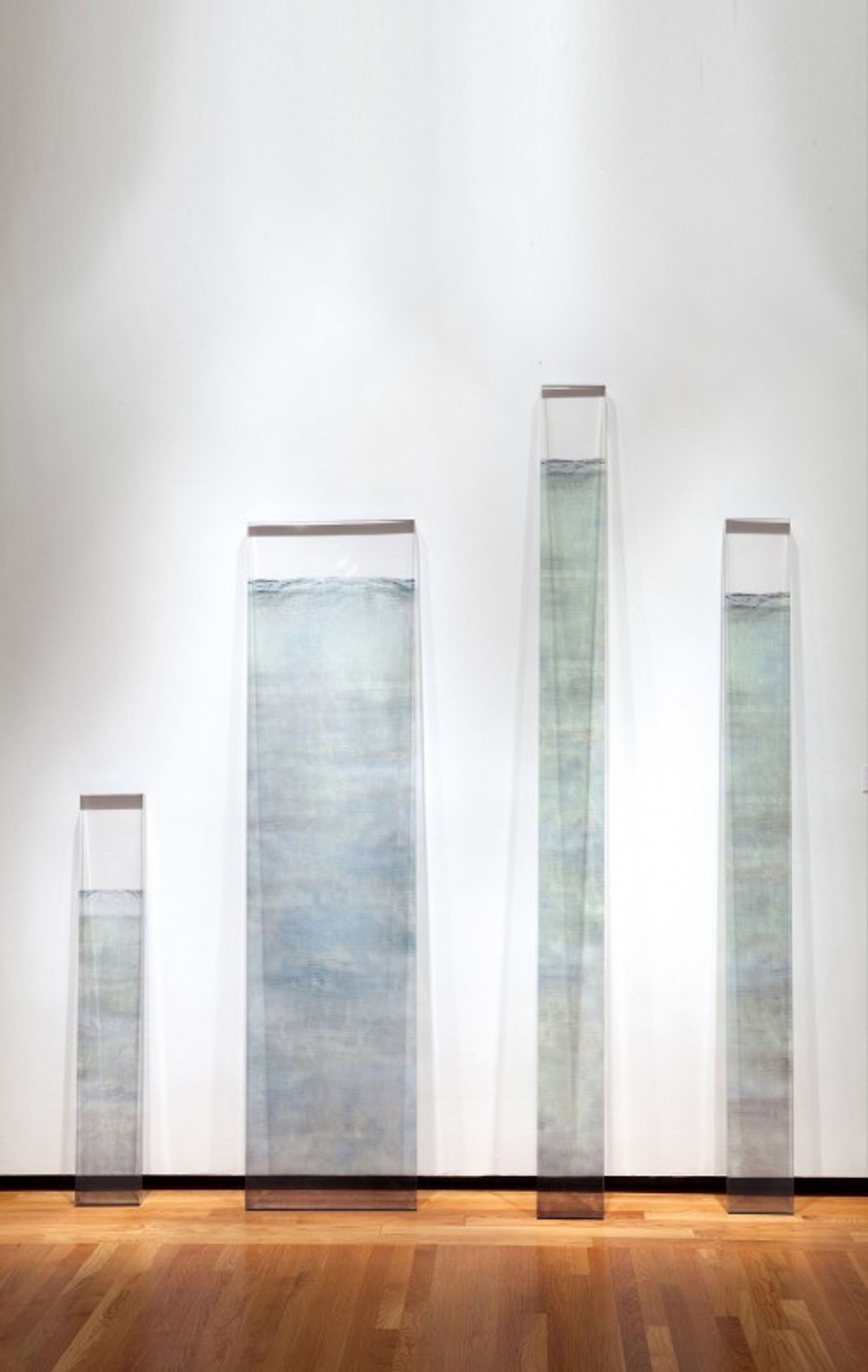As the tenth anniversary of Hurricane Katrina approached, museums in New Orleans faced a dilemma. How should art institutions commemorate the disaster? Should they revisit the images of devastation that dominated newspaper covers and television screens in August 2005, or focus on recovery?
For two of the city’s largest art institutions, the answer was neither. The Contemporary Art Center (CAC) and the New Orleans Museum of Art (NOMA) avoided images of ruin and rebuilding to focus on more subtle ways artists were influenced by Hurricane Katrina.
The CAC issued an open call in January for local artists to submit work to its exhibition REVERB: Past, Present, Future (until 1 November). Curators received around 800 submissions from more than 200 artists. “We wanted to look at how the last ten years have impacted artists’ practices, their use of materials and the region’s artistic community,” says the curator Isolde Brielmaier.

Brielmaier sel ected work by 34 New Orleans-based artists from three generations, including a text work by Ernest Little that reads “No twerking anytime”, an interactive video by Courtney Egan and handmade ceramic sculptures by Sidonie Villere. “We wanted to show what artists here are doing—but artists everywhere are engaging with these materials and concepts,” she says.
Meanwhile, the exhibition Ten Years Gone (until 7 September) at the New Orleans Museum of Art makes few direct references to Hurricane Katrina. Instead, it “includes several works that are about time itself, asking us to take a longer view at this pivotal moment,” says Russell Lord, the museum’s curator of photographs, prints and drawings, in a statement. “Ten years is a small crucible by which to measure the successes or failures of any recovery.”

The exhibition features work by six artists, including Nicholas Nixon’s The Brown Sisters, a series of 40 photographs Nixon took of his wife and three sisters every year since 1975. Spring Hurlbut’s video Airborne (2008) captures the artist as he releases the ashes of loved ones into the air. Dawn DeDaux’s photographs of water inside tall polished acrylic slabs—each of which corresponds to a flood level in New Orleans after the levee breaches—are interspersed throughout the museum’s permanent collection.
Whether or not their work includes literal depictions of destruction, most of the artists were deeply affected by the storm. Skylar Fein, whose work is on view at the CAC, lost all of his belongings in Hurricane Katrina. He began building what he needed—a table there, a chair here—from detritus he found in the street. The experience “was a catalyst for him to become an artist”, Isolde Brielmaier says. “Out of sheer need and then out of want, he developed his practice.”

